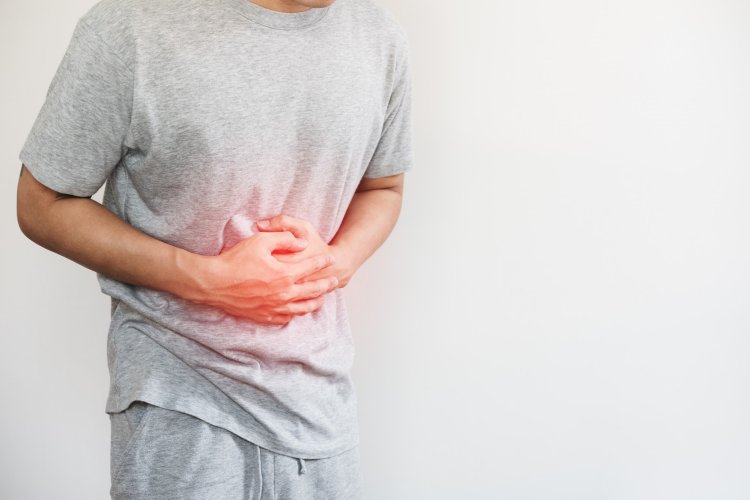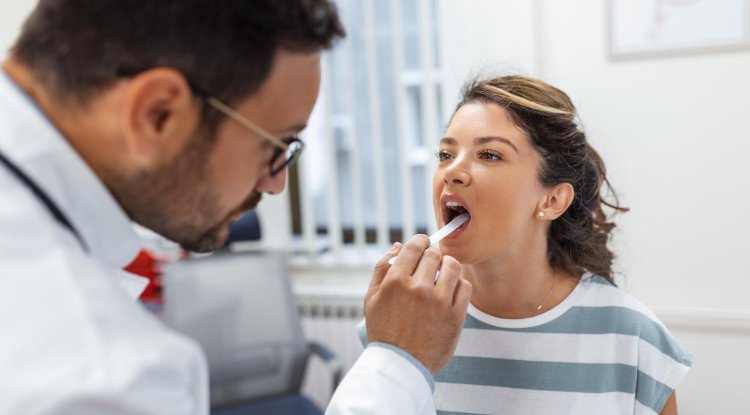Gallstones: Symptoms and Treatment Methods
Gallstones are hardened deposits that form in the gallbladder, a small organ located beneath the liver. These stones can be composed of cholesterol, bilirubin, or a mix of both. The size of gallstones can vary from as small as a grain of sand to as large as a golf ball. Understanding the symptoms and treatment options for gallstones is essential for effective management of this common condition.

Symptoms of Gallstones
While some people with gallstones experience no symptoms (asymptomatic), others may suffer from a variety of signs that indicate the presence of gallstones. The most common symptoms include:
Pain in the Upper Right Abdomen: This is the hallmark symptom of gallstones. The pain, known as biliary colic, can be sudden and severe, often occurring after a meal, especially one high in fat. The pain can last from a few minutes to several hours and might radiate to the back or right shoulder blade.
Nausea and Vomiting: These symptoms often accompany the abdominal pain, particularly after eating a fatty meal.
Indigestion and Bloating: Patients may experience persistent bloating, gas, and a feeling of fullness, making it uncomfortable to eat.
Jaundice: Yellowing of the skin and eyes can occur if gallstones obstruct the bile ducts, preventing bile from being properly excreted.
Dark Urine and Pale Stools: These symptoms also suggest a blockage of the bile ducts.
Fever and Chills: The presence of these symptoms may indicate an infection in the gallbladder (cholecystitis) or the bile ducts (cholangitis), requiring immediate medical attention.
Risk Factors
Several factors can increase the likelihood of developing gallstones:
Obesity: Excess body weight increases cholesterol levels in bile, leading to stone formation.
Gender: Women, especially those who are pregnant, on hormone replacement therapy, or taking birth control pills, are more likely to develop gallstones.
Age: The risk of gallstones increases with age, particularly after the age of 40.
Diet: Diets high in fat and cholesterol and low in fiber can contribute to gallstone formation.
Diabetes: Individuals with diabetes often have higher levels of triglycerides, which increases the risk.
Rapid Weight Loss: Rapid weight loss can disrupt the balance of bile salts and cholesterol, leading to stone formation.
Genetics: Family history of gallstones can increase one's risk.
Diagnosis
To diagnose gallstones, healthcare providers use several methods:
Ultrasound: The most common and effective imaging technique for detecting gallstones. It uses sound waves to create images of the gallbladder and detect stones.
CT Scan: Provides detailed images of the gallbladder and surrounding areas, helpful in complicated cases.
HIDA Scan (Hepatobiliary Iminodiacetic Acid Scan): Tracks the production and flow of bile from the liver to the small intestine, identifying blockages or other issues.
MRI (Magnetic Resonance Imaging): Another imaging technique that can identify gallstones and blockages.
Blood Tests: These can detect signs of infection, inflammation, jaundice, or other complications associated with gallstones.
Treatment Options
Treatment for gallstones varies based on the severity of symptoms and the risk of complications:
Watchful Waiting: Asymptomatic gallstones often do not require immediate treatment. Regular monitoring and lifestyle modifications can help manage the condition.
Medications:
Oral Bile Acid Pills: Medications like ursodeoxycholic acid can dissolve cholesterol gallstones over time, but this process can take months or years, and the stones may recur after stopping treatment.
Surgery:
Laparoscopic Cholecystectomy: The most common surgical method for removing the gallbladder. This minimally invasive procedure involves small incisions and typically has a shorter recovery time.
Open Cholecystectomy: Involves a larger incision and is used when laparoscopic surgery is not feasible due to complications or patient factors. Recovery time is longer compared to the laparoscopic method.
Non-Surgical Procedures:
Endoscopic Retrograde Cholangiopancreatography (ERCP): A procedure that uses an endoscope to locate and remove gallstones from the bile ducts.
Extracorporeal Shock Wave Lithotripsy (ESWL): Uses shock waves to break up gallstones into smaller pieces that can pass through the bile ducts more easily.
Lifestyle and Dietary Changes
Preventing gallstones or managing symptoms can often be achieved through lifestyle changes, such as:
Maintaining a Healthy Weight: Avoid rapid weight loss and follow a balanced diet rich in fiber and low in fat.
Regular Exercise: Physical activity helps maintain a healthy weight and improves overall digestive health.
Healthy Eating Habits: Eat smaller, more frequent meals and avoid foods high in cholesterol and fats.
Gallstones can cause significant discomfort and lead to serious health issues if left untreated. Recognizing the symptoms and seeking timely medical advice is crucial. With various treatment options available, including lifestyle changes, medications, and surgical interventions, managing gallstones effectively is possible. Early detection and proper management can prevent complications and ensure better health and quality of life.
Disclaimer: The information provided in this article is for educational purposes only and should not be considered medical advice. If you have any health concerns or are experiencing symptoms, it is important to consult with a healthcare professional, such as a doctor or clinic, for proper diagnosis and treatment. Always seek the advice of your doctor or other qualified health provider with any questions you may have regarding a medical condition. Do not disregard professional medical advice or delay in seeking it because of something you have read in this article.
#Gallstones #Health #Symptoms #Treatment #Diagnosis #LifestyleChanges #HealthyLiving
What's Your Reaction?





















